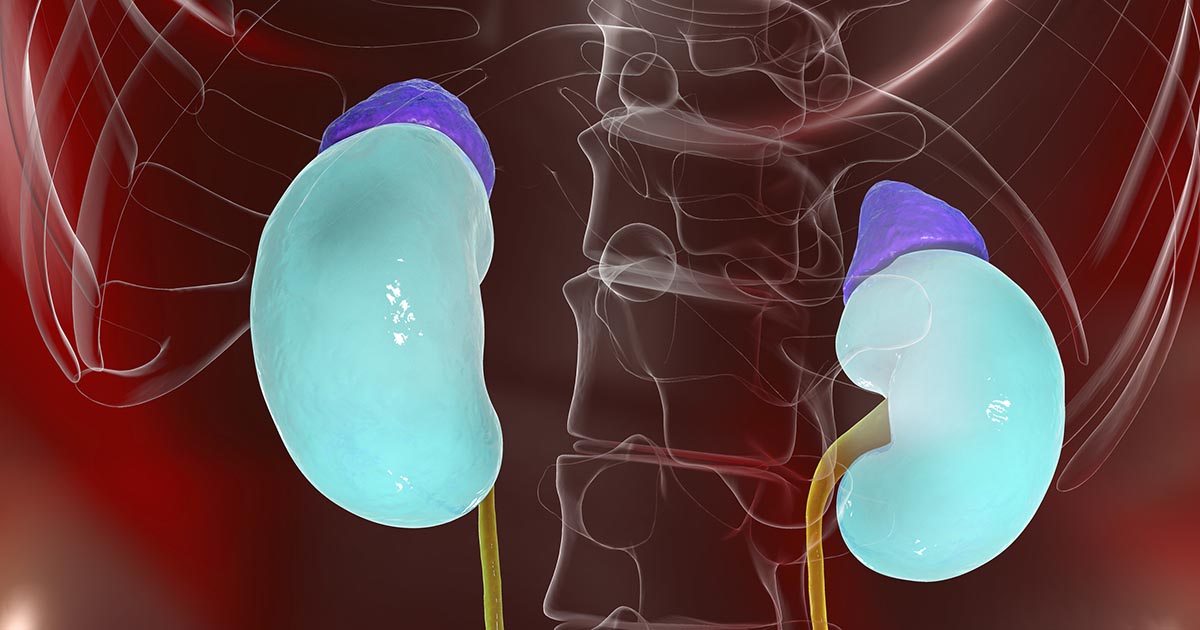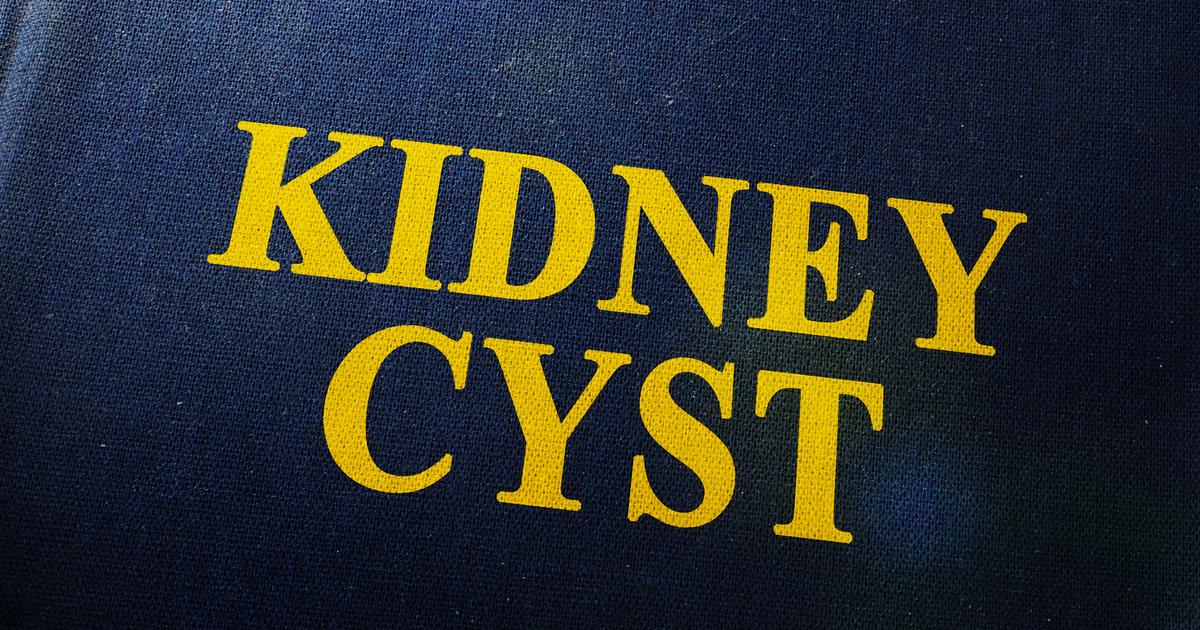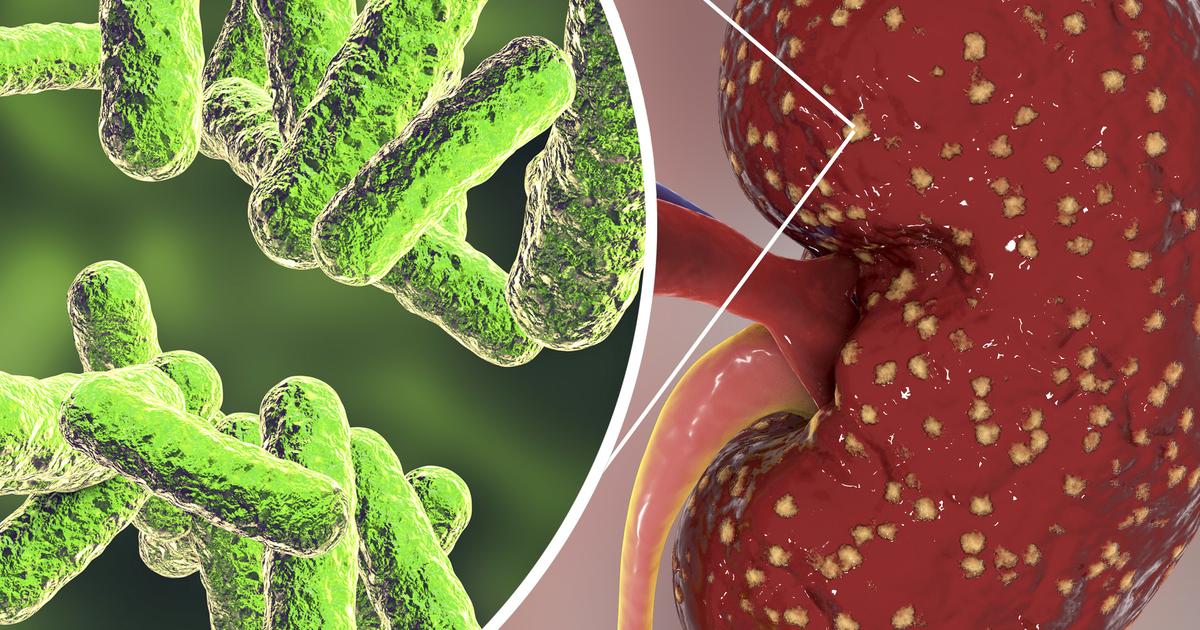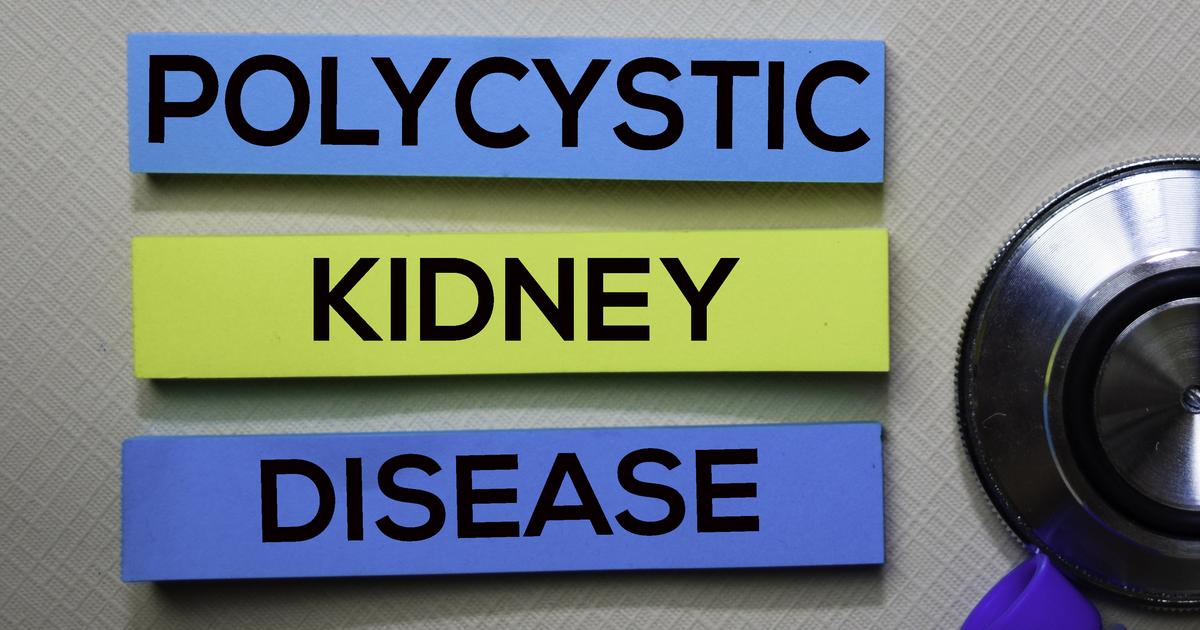What Causes Kidney Pain?
The kidneys are the bean-shaped organs located in the middle of the back on either side of the spine. Kidneys contain thousands of tiny filters that remove substances from the blood for secretion in the urine. Kidneys are also responsible for the production of hormones that manage red blood cell production, blood acidity, and blood pressure. The kidneys also produce hormones that regulate the metabolism of electrolytes, including sodium, potassium, and calcium. Kidney pain can be hard to distinguish from the pain that occurs due to nerve damage, spinal conditions, and muscular problems. Kidney pain can present on one or both sides, just underneath the ribs, often in the back. Symptoms that may accompany kidney pain include painful urination, nausea, fever, and vomiting.
Kidney pain can be caused by any one of numerous conditions. To pinpoint the cause of kidney pain MRIs and CT scans of the pelvis and abdomen may be utilized. Keep reading to understand the most common causes of kidney pain now.
Kidney Stones

Kidney pain can often be the result of kidney stones, which are hard, mineral and salt-containing deposits that develop inside of the kidney. Kidney stones can occur when an individual's urine becomes over-concentrated and allows the minerals and salts to adhere to one another, resulting in crystallization. Kidney stones often do not produce symptoms until they become large enough to mobilize within the kidney or move into the ureter. When kidney stones mobilize, they can cause the individual to feel severe pain in their back and side. The pain may radiate to the groin and lower abdomen with fluctuations in intensity. Pain during urination and discolored urine are also common in patients who have kidney stones. Changes may be felt in pain from a kidney stone as it navigates the urinary tract and shifts in position.
Most stones that form in the kidneys are made of calcium oxalate. Stones made of struvite occur following infections of the urinary tract. Poor hydration can cause an individual to develop uric acid stones in their kidneys. Blood tests, diagnostic imaging, and urinalysis are utilized to identify kidney stones. Some stones can be passed with medication and lifestyle changes, while others have to be surgically or manually removed.
Renal Vein Thrombosis

The renal veins branch off of an individual's inferior vena cava to their kidneys and drain oxygen-poor blood out of the kidneys. When a blood clot develops in one or both renal veins, it is referred to as renal vein thrombosis. Discomfort and kidney pain near the lower ribs and pain in the hips can be indicative of renal vein thrombosis. Blood may back up in the affected adjacent kidney and result in bloody urine. There are numerous causes of renal vein thrombosis, including tumors, back injury, nephrotic syndrome, hereditary blood clotting disorders, and others. A diagnostic CT scan, Doppler ultrasonography, urinalysis, venography, MRA, and MRI may be utilized to diagnose and implicate renal vein thrombosis as a cause of kidney pain. Some clots in the renal veins can be dissolved with the help of medication, while others may require surgical excision. Some individuals with severe renal vein thrombosis that has caused significant kidney tissue damage may need temporary dialysis to help restore kidney function.
Kidney Cysts

A kidney cyst is a fluid-filled pouch with a round shape that develops inside of or on the tissues of the kidney. Kidney cysts that do not occur as a part of polycystic kidney disease are referred to as simple kidney cysts. Some kidney cysts produce no symptoms at all, while others that have grown to larger sizes can cause kidney pain in the back, upper abdomen, and side. Severe kidney pain may be attributed to an infected or ruptured kidney cyst, or one blocking the healthy flow of the urine, causing hydronephrosis. Most kidney cysts form due to unknown causes, but surface pouches or diverticulum that fill with fluid have been implicated. Diagnostic imaging tests such as MRI and CT scans can identify and distinguish a kidney cyst from other conditions that may cause pain in the kidneys. Blood tests that measure an individual's kidney function can help a physician determine if a cyst is causing impairment in kidney function. Some kidney cysts do not require treatment, while others need to be drained with a needle or surgically removed.
Kidney Infection

A kidney infection occurs when bacteria enter the urinary tract, infect the bladder, move up the ureters, and colonize in the tissues of the kidney. Kidney infections can be caused by numerous factors that allow bacteria to enter the urinary tract and colonize, including female physiology, kidney stones, toilet hygiene, urinary catheter use, enlarged prostate, urethral irritation, and weakened immune system. Symptoms that occur in an individual who has a kidney infection include nausea, vomiting, groin pain, pain with urination, diarrhea, shivering, or kidney pain in the or side.
If a kidney infection is accompanied by a bladder infection, the patient will likely experience bloody urine, burning or stinging during urination, frequent urination, lower abdominal pain, cloudy urine, foul-smelling urine, and an inability to empty the bladder completely. A physician can determine if an individual's kidney pain is caused by a kidney infection through a physical exam, pelvic exam, and urinalysis. Pain from a kidney infection usually resolves within forty-eight hours of beginning treatment with antibiotics.
Polycystic Kidney Disease

Polycystic kidney disease is characterized by the development of multiple fluid-filled sacs or cysts in an affected individual's kidneys. The cyst growth is so extensive that it is the fourth leading cause of kidney failure in the United States. Symptoms that occur in polycystic kidney disease patients include pain in the back, pain in the side, frequent urinary tract infections, increase in abdominal size, high blood pressure, floppy heart valve, and blood in the urine. Kidney ultrasonography, CT scans, MRIs, and genetic testing may be used to isolate polycystic disease as the cause of an individual's kidney pain. Treatment for the symptoms of polycystic kidney disease includes careful blood pressure management, swift treatment of urinary tract infections, increased fluid consumption, pain medications, cessation of smoking, regular exercise, reduced salt intake, management of a healthy weight, and avoidance of caffeine.
